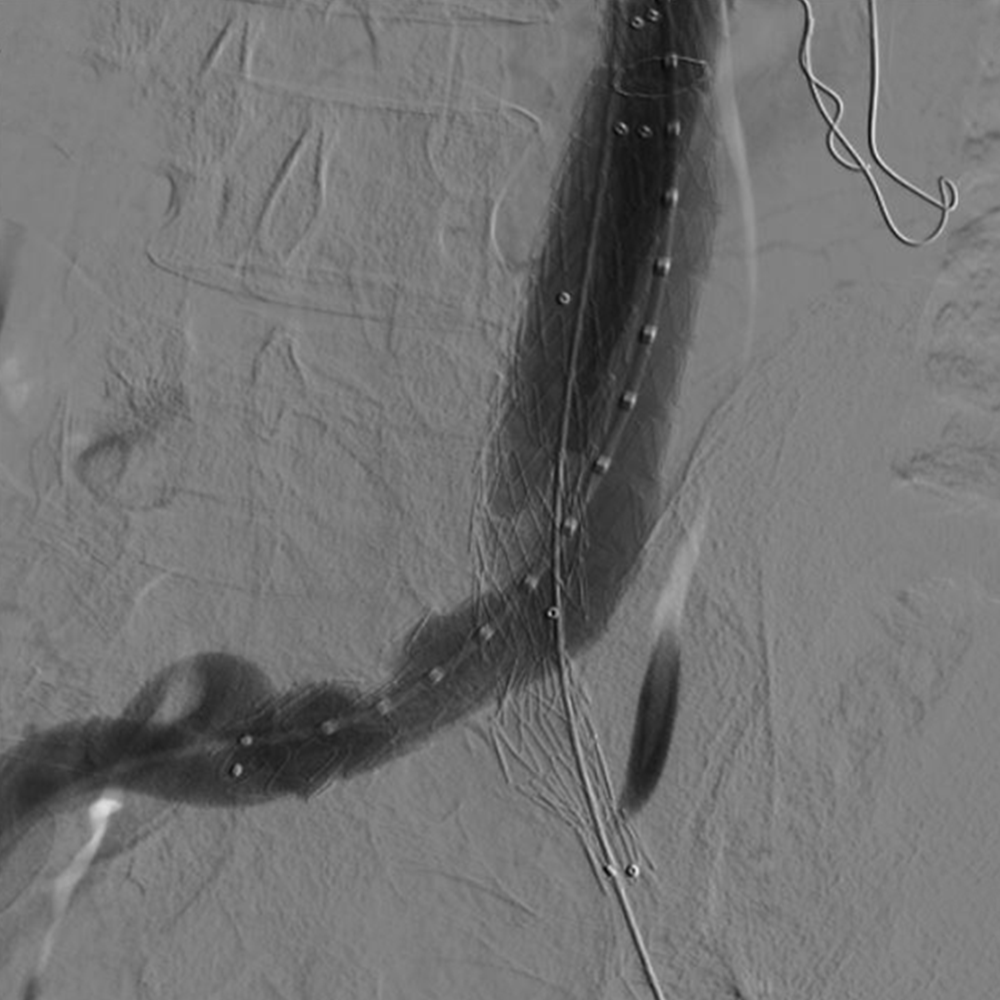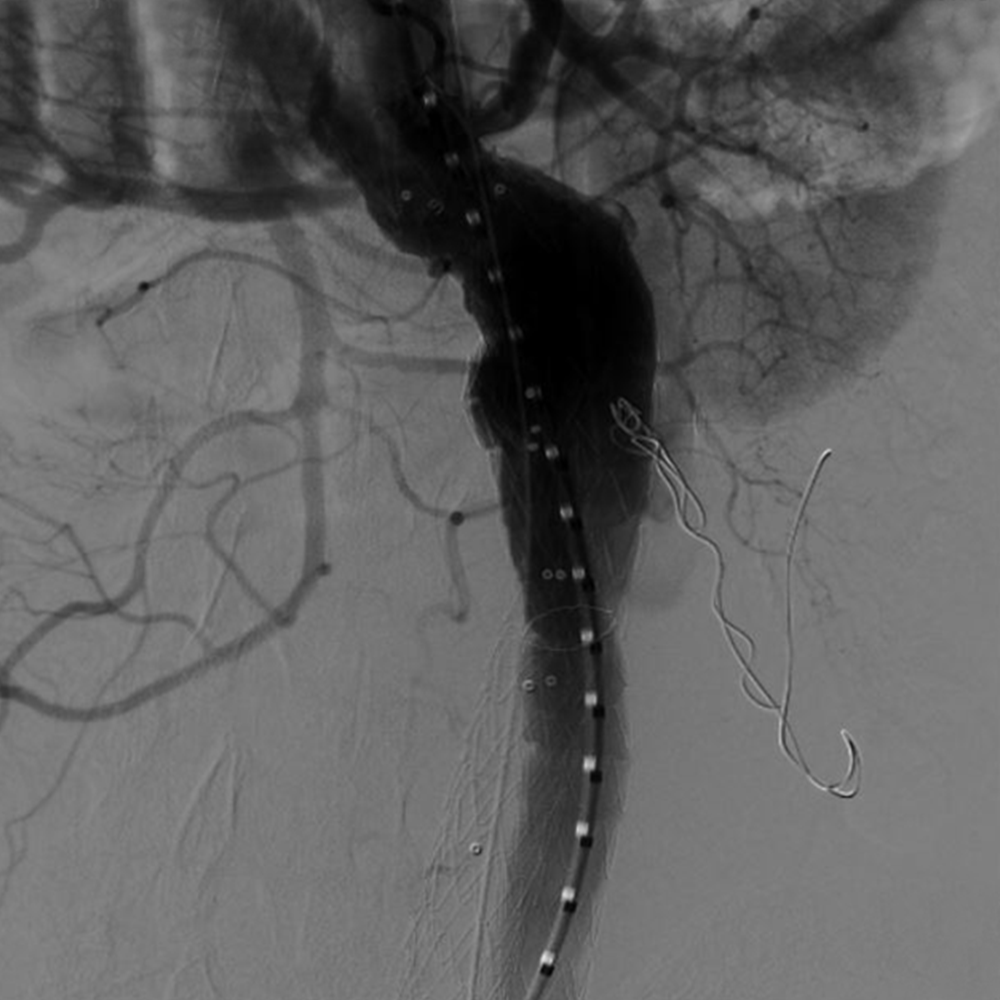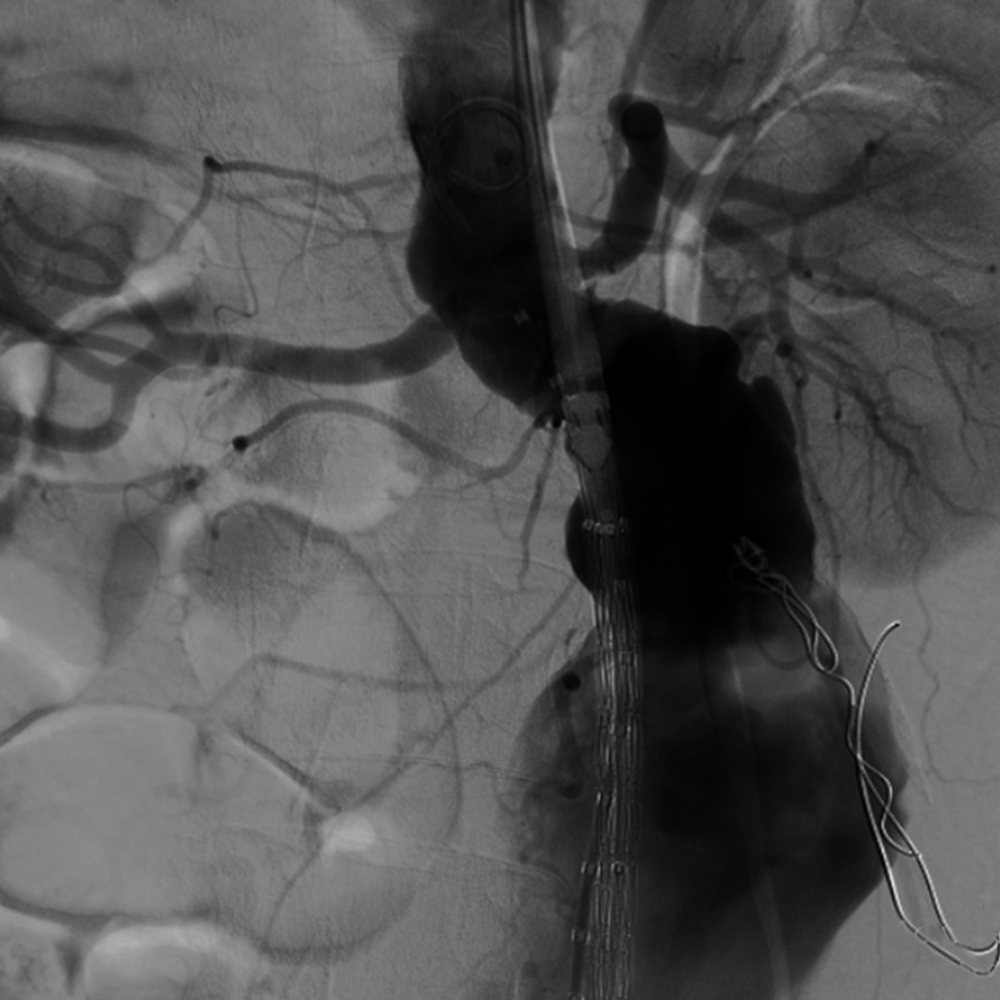ABDOMINAL AORTIC ANUERYSM
What Is Abdominal Aortic Aneurysm?
Aneurysms are defined as focal dilatations at least 50% larger than the expected normal arterial diameter. Abdominal Aorta can be termed as Anuerysmal when the diameter is 3.0cm’s but traditionally treatment has been recommended when the maximal cross-sectional diameter reaches 5.0 to 5.5 cm as the risk of Rupture and mortality increases beyond 5.0 cm diameter. The Infrarenal location is by far the most common for aortic aneurysms. Approximately 1.7% of women and 5% of men older than 65 years have an Infrarenal Aortic diameter greater than 3 cm.
What is Most Common Cause of an Abdominal Aortic Aneurysm (AAA)?
Degenerative or Artherosclerosis is most common cause of AAA. Other causes can be Inflammatory, Connective Tissue disorders, Congenital Anamolies, Traumatic, Infectious, Arterial Dissections. Age, female sex, Smoking, Diabetes, Hypertension, Hypercholesterolemia, Family history of Aortic Anuerysm and Obesity are High risk Factors causing AAA
What is Most Common Symptom of an Abdominal Aortic Aneurysm?
Most non ruptured AAAs are asymptomatic and discovered during abdominal imaging for an unrelated condition. AAAs can cause chronic back pain or abdominal pain that is vague and Occasionally, patients may feel a “pulse” in their abdomen or palpate a pulsatile mass .
Rarely, large AAA’s cause symptoms from local compression, such as early satiety, nausea, or vomiting, urinary symptoms from ureteral compression; or venous thrombosis. Posterior erosion of AAAs into adjacent vertebrae can lead to back pain.
What can Happen if Abdominal Aortic Aneurysm’s are Missed from Clinical Evaluation?
The first key point is to know that AAA have the potential to Rupture and only reason for high death rates is that only half of patients with AAA rupture survive to reach the hospital, many of whom do not have a known diagnosis of AAA before aneurysm rupture.
High risk of rupture if the diameter is more than 5 to 6 cms with history of COPD,SMOKING,FEMALE GENDER,STATIN USE,DIAMETER EXPANSION OF MORE THAN 0.5 CMS/YEAR,UNCONTROLLED HYRERTENSION AND POSITIVE FAMILY HISTORY OF AAA. The mortality rate of surgery in Rupture AAA is approximately 50%, with 15% dying Intra operatively.
The Clinical Angiographic pictures shown above is of a 74 year old male patient ,chronic smoker ,Hypertensive presented with severe Abdominal pain radiating to back for 2 weeks. CT Angiogram showed 10.5 cm diameter with Acute angulation of Iliac Artery Anuerysm of 80 degrees with Threatened Risk of Rupture . Endo Vascular Anuerysmal repair(EVAR)was done successfully and patient was saved from Rupture of the Large Anuerysmal sac.



